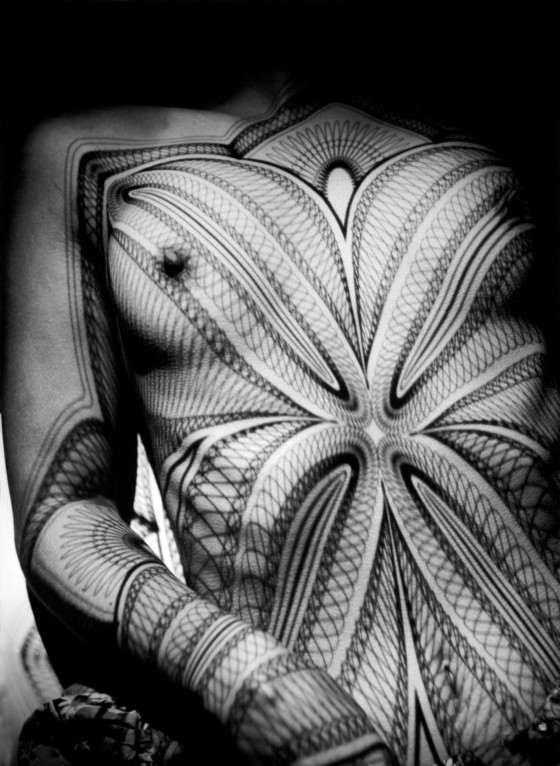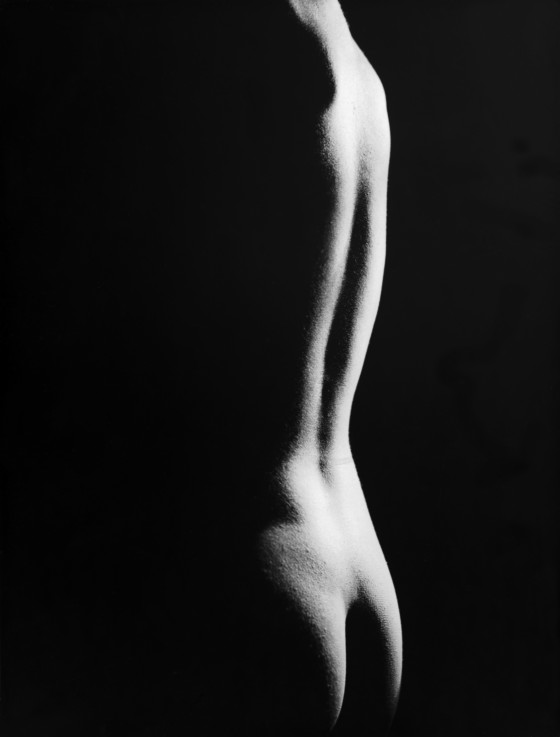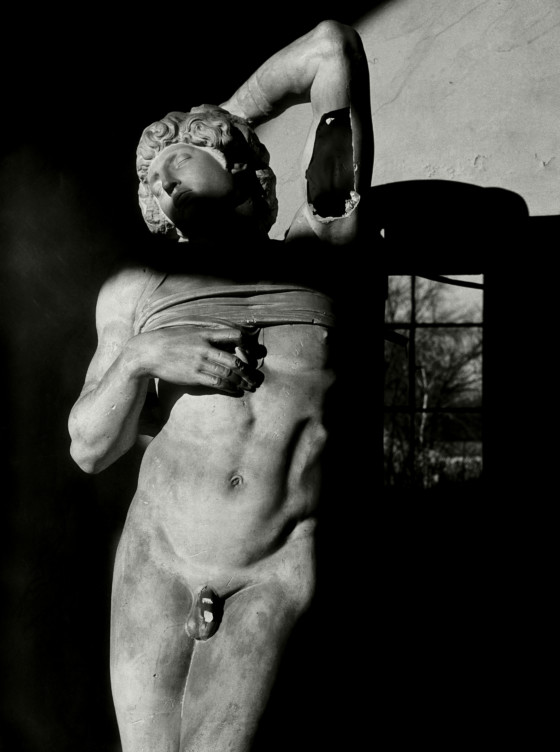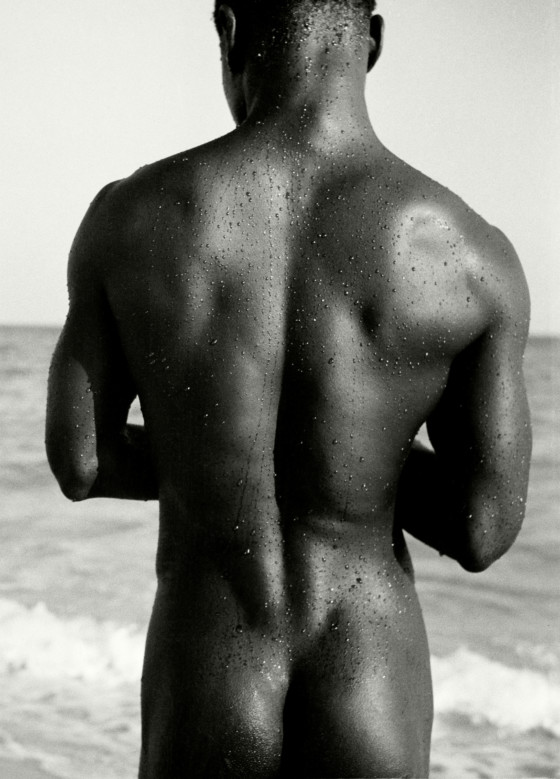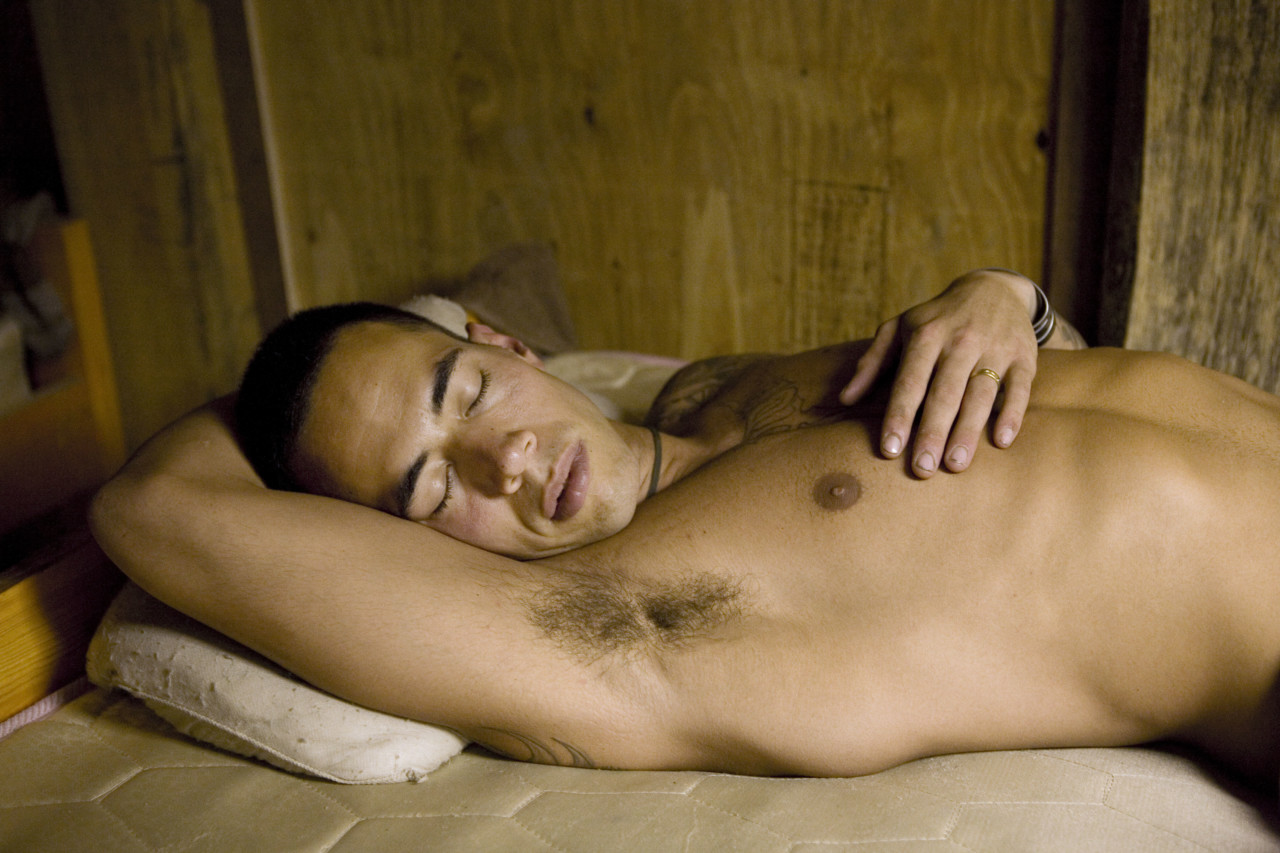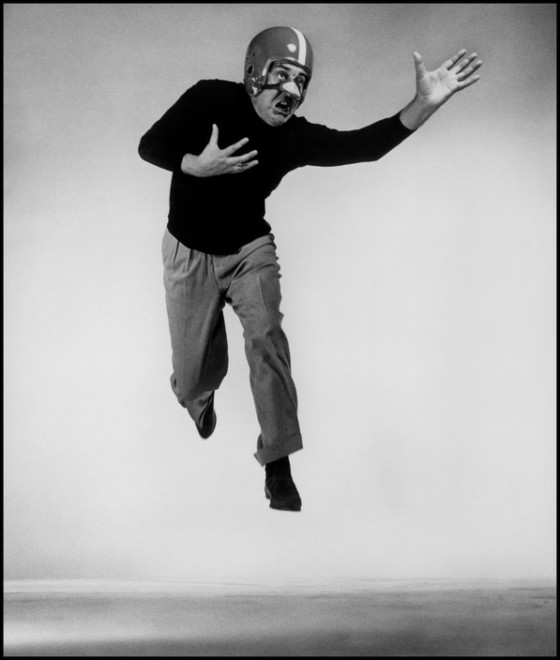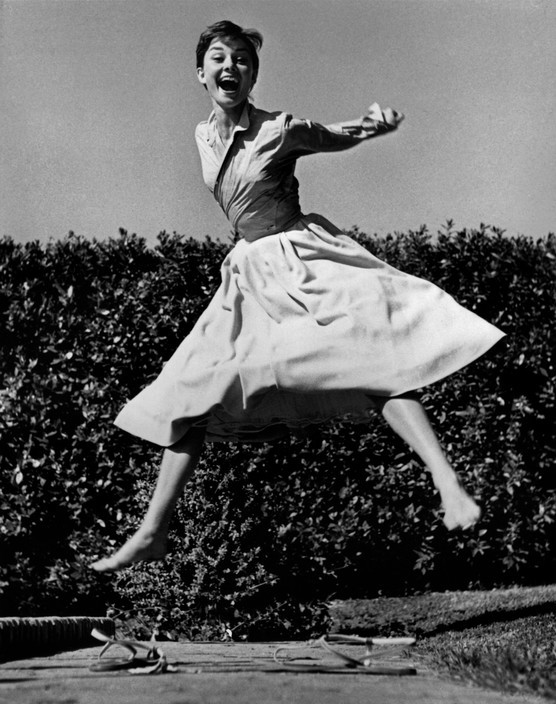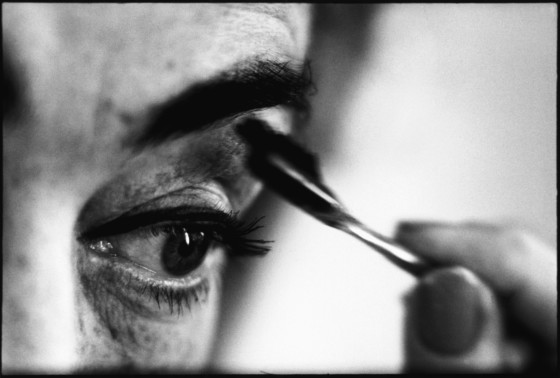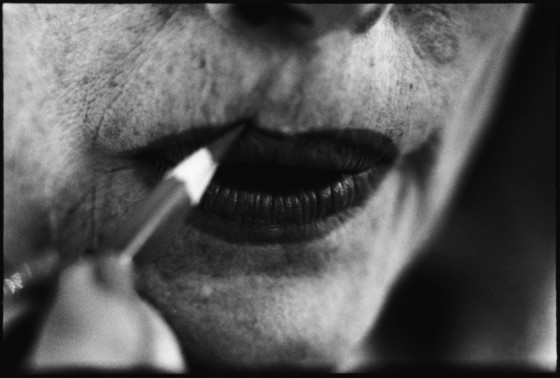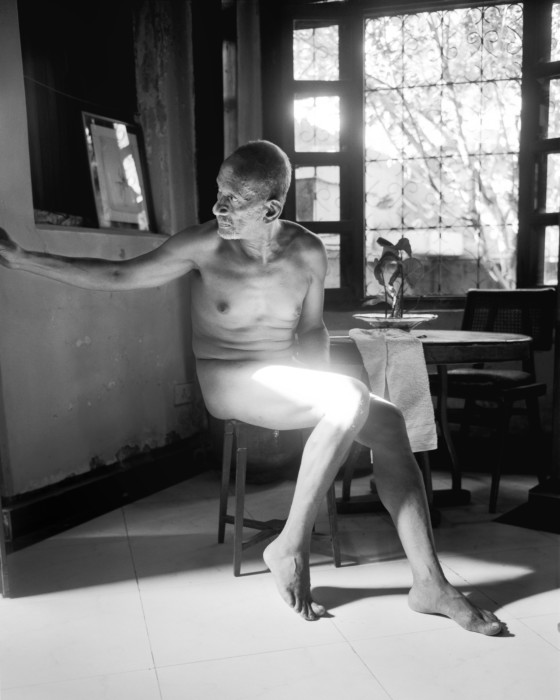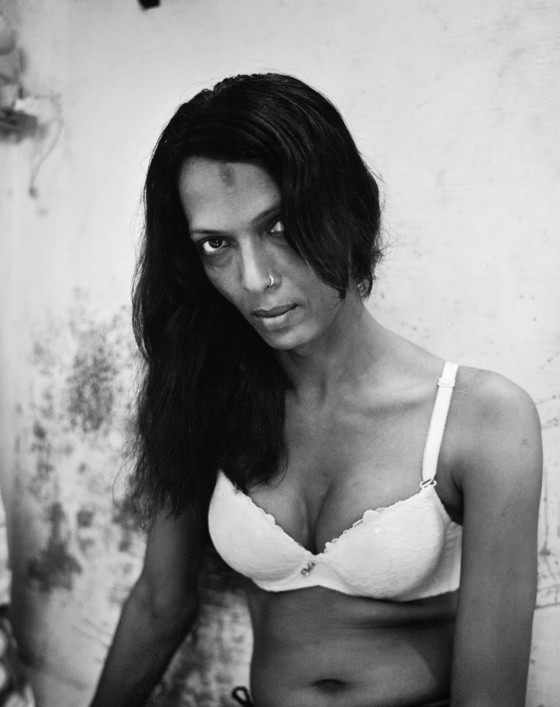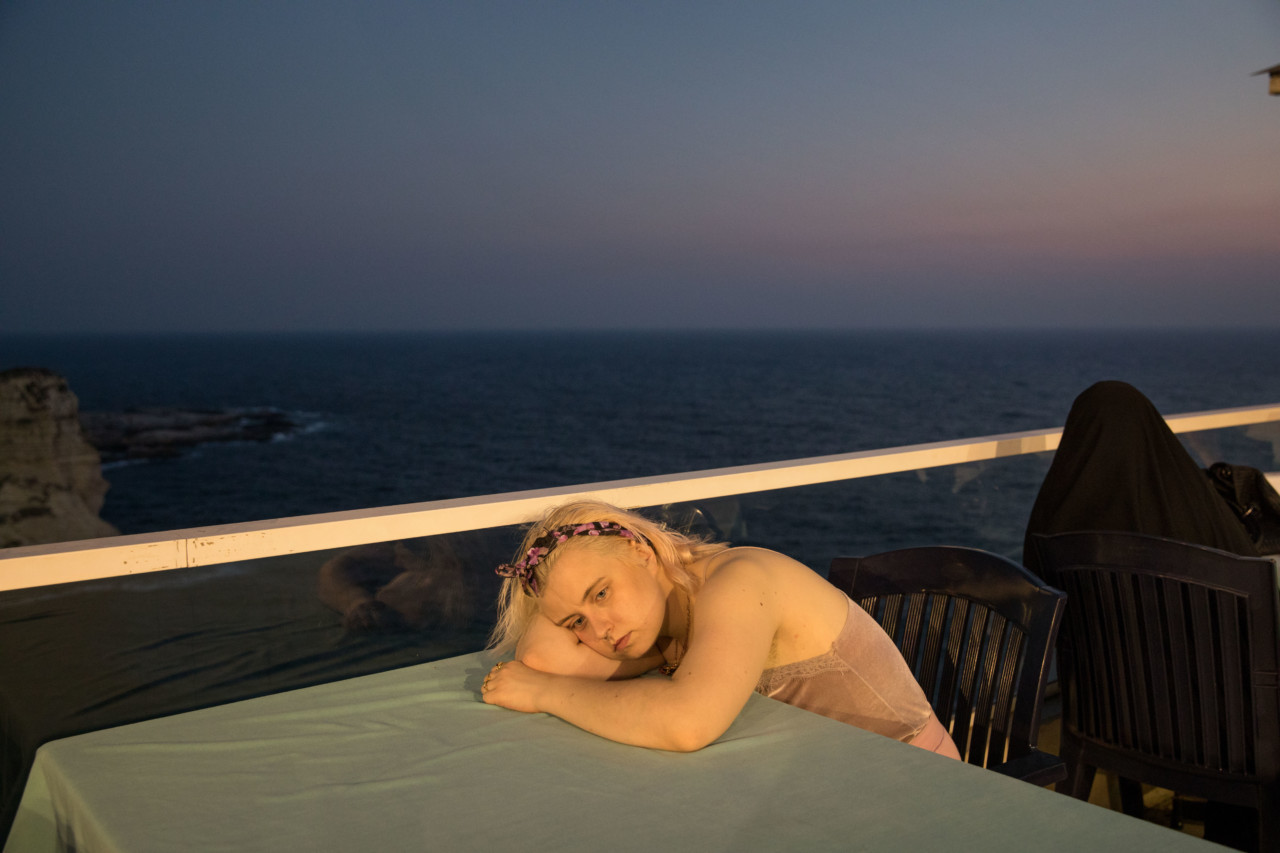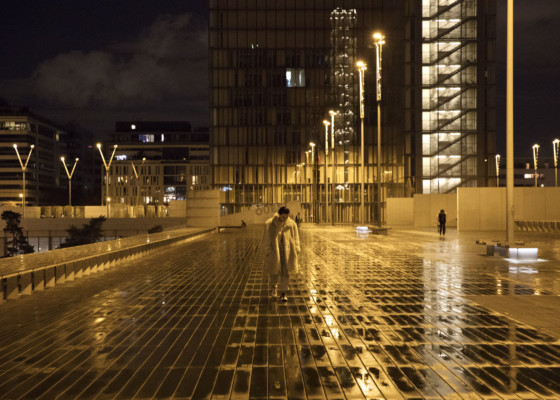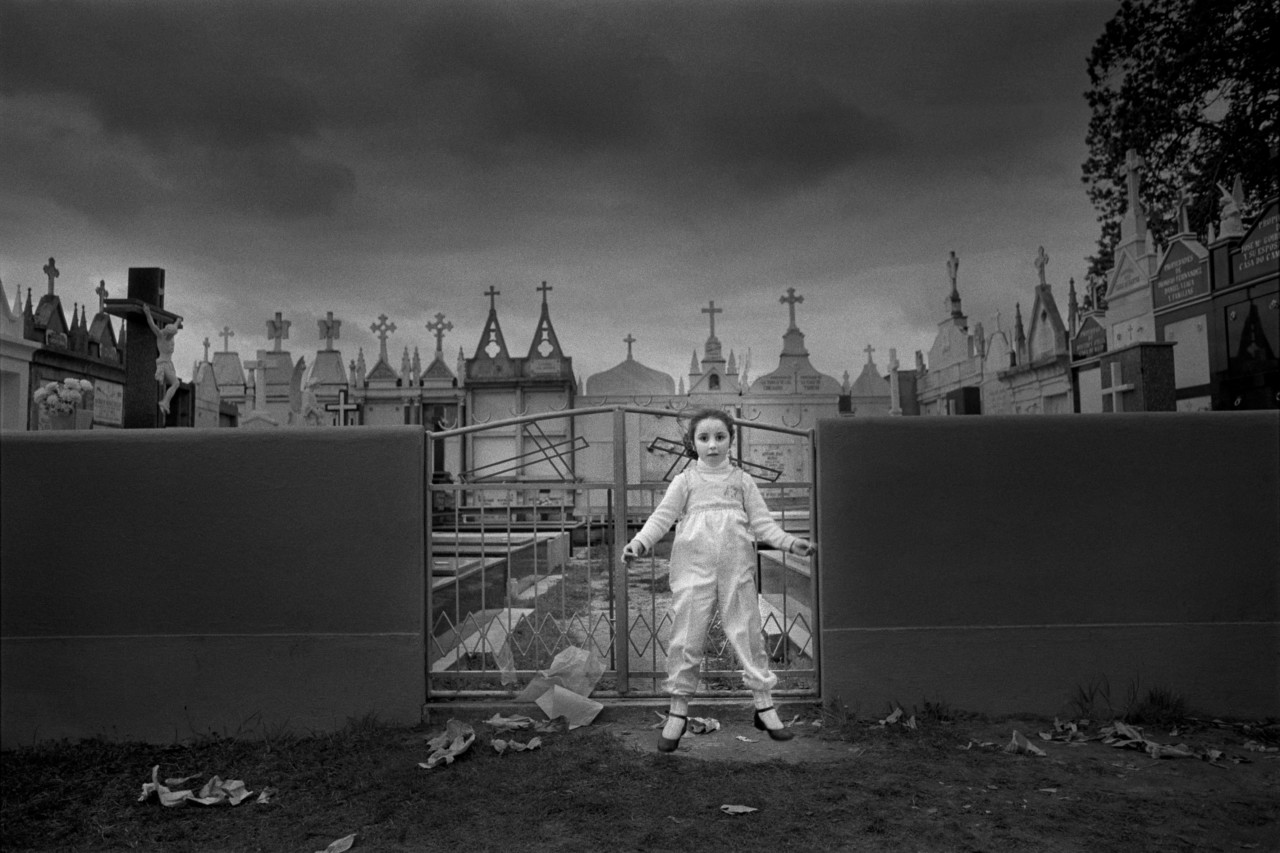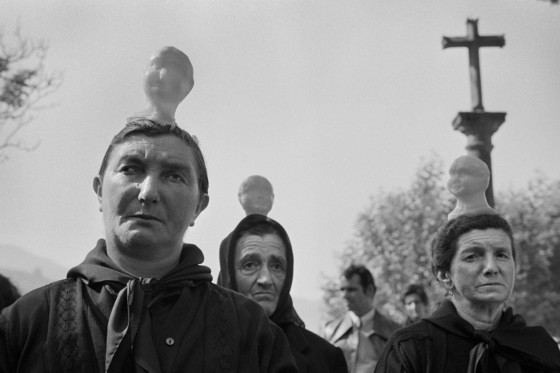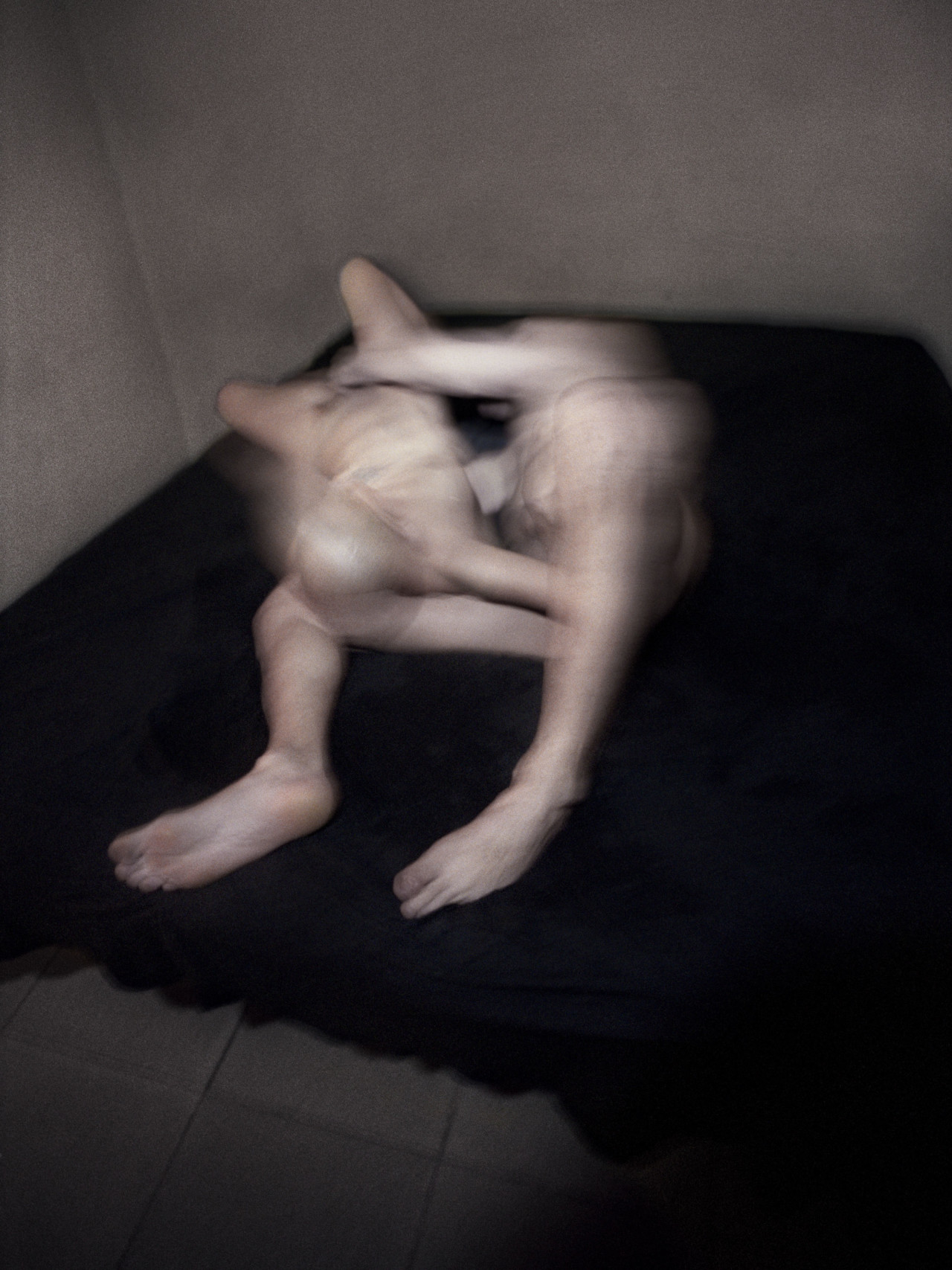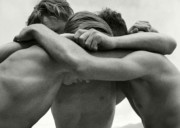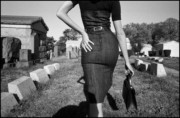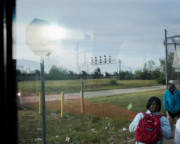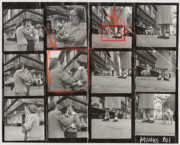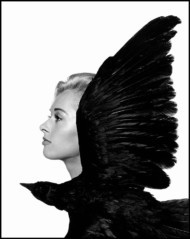The Body Observed
Magnum photographers explore the body through images that examine a range of subjects from identity, intimacy, sexuality and ritual, to voyeurism and performance
The exhibition The Body Observed, opening at the Sainsbury Centre of Visual Arts on 23 March, explores how the body has been looked at through the documentary lenses of 14 Magnum photographers, from the 1930s to the present day.
The exhibition is curated by the Sainsbury Centre in collaboration with Magnum Photos in response to the Sainsbury Centre’s extraordinary collection of European modern art – focused on the figurative in 20th Century modern art, as well as their significant early ethnographic collection of figurative objects from non-Western nations. Pablo Picasso, Edgar Degas, Francis Bacon, Jacob Epstein, Henry Moore, Alberto Giacometti and Amedeo Modigliani are all represented in the collection. A range of works from the Sainsbury Centre’s permanent collection will be exhibited alongside the photographic prints in the exhibition.
The Body Observed considers the photographic representation of the human body, specifically in relation to the documentary photograph, and reflects upon how photographic representation both mimics and corrupts the tropes of figurative representation defined through the history of art, developing its own language through the medium’s unique position between utilitarian function and artistic application. In a multitude of ways, the camera has been used to express the body; to describe or suggest its function and form as well as metaphysical sensations; to gaze upon, objectify and categorize the body; and to view the body as a signifier for broader societal examination or reflection. Works presented in the exhibition explore thematics such as gaze, identity, intimacy, sexuality, voyeurism, ritual, and performance; drawing into focus the social and cultural structures that affect the representation of the human form.
Early studio works by Werner Bischof are an aesthetic ordering of form, as light and shadow falls on anonymous female torsos accentuating and hiding curves and features. After completing his artistic education in Switzerland under prominent members of the avant-garde, Bischof engaged in a search for beauty in pure form, as well as in nature. An interest in abstraction is present throughout Bischof’s early work, and here the body is photographed by display and omission, treated for its formal values as aesthetic object.
Photographs by Herbert List, made across Europe and the Mediterranean between 1933-1958, highlight his fascination with both photograph and sculpture, as well as with the interstitial space between the two. In the selection of works shown, the ancient world, is depicted through Classical sculpture in Greece and Germany, which appears to be animated by the myth of the sculptor Pygmalion, wherein he makes a statue so beautiful that he falls in love with it. After begging the goddess Aphrodite to bring him a wife as captivating as his statue, she instead, brings Pygmalion’s sculpture to life. Reading List’s images through this narrative, and taking into account the time in which they were made, as war raged across Europe, photographs reference the fragility of human form through its mortality. A melancholy runs through the work as we contrast the weathered and ancient sculptures, still standing, against the glistening and rippled torsos of young men, human flesh whilst gazed on in desire, is permeated by impermanence.
This idea of the fragility of form appears again in the late Tim Hetherington’s intimate portraits of soldiers asleep on tour in Afghanistan (‘Sleeping Soldiers’). The single figures in slumber, curled up on camp beds, bare of uniform, show the men depicted as individuals lost in repose; vulnerable, fallible, essentially human. While the figures are stripped of any exterior roles within a war zone, the war renders the calm bodies all the more exposed in this tender examination of masculinity.
In Philippe Halsman’s ‘Jumpology’ series, the body appears to be both subject, and obstacle to be coaxed. His photographs of male and female celebrities often incorporated elements of humor, play and performance. In the early 1950s, Halsman began to ask his subjects to jump for his camera at the conclusion of each sitting. In these uniquely witty and energetic images, the formal pose of the sitter falls away, and the subject loses a degree of control of their image. In each jump, Halsman’s subjects are photographed actively inhabiting their body, in all its energy, awkwardness, and imperfection.
With a reputation for creating sensitive depictions of public figures, most notably Marilyn Monroe, in 1959, Eve Arnold was invited to photograph Joan Crawford, one of the few silent film stars who had weathered the advent of ‘talkies’ to become one of cinemas most lauded stars. A range of vintage prints in the exhibition from this series explore the female body in relation to aging and the cult of celebrity, whereby the female icon is measured by beauty and youth. Arnold focuses on the beauty rituals at Crawford’s home that preluded her public appearances, and here we see the work involved in the construction of this body image. Whilst the camera freezes the moment, the body continues to change with time and age.
Further referencing the cult of the body, Bruce Gilden’s dynamic black and white images from Fashion Magazine each portray a performance for the camera. Gilden’s confronting style and punchy flash here record a fictional narrative. Models role-play hard-men and gangster’s mol’s at a Mafia funeral. Gilden frames his figures, and moves around his subjects, close-cropping to focus in on details – a shapely leg, a swinging hip, the female body fetishized and aestheticized bringing to life and adding allure to the clothing. There is also humour in his juxtapositions, a gazelle-like model towering above over an older woman on a sidewalk serves to emphasise the absurd, otherworldly nature of this particular kind of female beauty when encountered amongst the grit and grime of a New York sidewalk.
Through the work of Susan Meiselas, Bieke Depoorter, Olivia Arthur, and Alessandra Sanguinetti, themes of gender, sexuality, gaze, and identity are explored. Olivia Arthur’s ‘In Private’ shows the body as a site for exploring gender and sexuality in India against the socio-political constraints imposed upon individuals. Arthur initially worked in Mumbai with sitters who identify themselves as being part of the LGBTQI+ community, a community that represents contemporary diversity in relation to sexuality and gender. From this starting point, the photographer expanded the range of subjects to engage with the wider topic of sexuality in all its forms. Capturing intimate exchanges between a couple lost in embrace against lone individuals looking in and out of the frame, gaze is ever present in this work. Denial of privacy and the implications of being seen inhabit the photographs that are installed hanging together in a tight cluster. As a viewer, one peers in from vantage points on these intimate moments, as Arthur questions privacy in a political context whereby one’s most intimate moments are under the scrutiny of law.
Susan Meiselas’ ‘Carnival Strippers’ is considered an important work both within the history of photography and feminism. In the early 1970s, Meiselas spent her summers photographing and interviewing women who performed striptease as part of small town carnivals in the United States. Meiselas records the dynamics of performance, on stage and off, photographing both the subjects’ public performance and their private lives. In Meiselas’ portraits, the girls formally present themselves to her camera, posing, confronting. Throughout the work, there is an ever-present question about control; are the subjects (the girls) or the onlookers (the ‘customers’, the carnival barkers) in control? The female body here is neither simply the posed, silent nude or the exposed, naked self. The images of sexualized display are countered by the images made ‘behind the curtain’; the girls relaxing, climbing past one another, tidying. The body that is in one moment objectified, is in the next, domestic, ordinary. Work is the dominant theme. In the exhibition, the photographs are accompanied by an audio piece whereby the pomp of the carnival callers and racket of audience excitement is contrasted with the girls matter-of-fact talk about the realities of the job.
Opening up the dynamic between photographer and subject, and between voyeur and object, is Bieke Depoorter’s ongoing work ‘Agata’. Agata, a young woman who Depoorter met in a strip bar one night during a moment of disillusion with photography, employs her body as a tool in performance. The two became friends and are recording the ongoing development of their relationship. As Depoorter follows her subject, she who was once a stranger is quickly transformed into a collaborator. Agata tentatively reveals her body to the camera, retreats into the night, lets her body fall softly onto furniture, the poise of performance removed. Integral to the display are Agata’s own handwritten reflections on the photographs: “I was creating myself anew for your camera. The everyday Agata behind the scenes. Not the one dancing in a strip club or performing violent acts during the techno parties.”
The two women create a fascinating reflection on the complexities of representation of both people and bodies, dually exploring how Agata perceives and presents herself, and how we as viewers read her through Depoorter’s images. Questioning the promise of the photograph, as a mode of delivering both truths and deceptions, Depoorter and Agata seem to ask: as they become closer does this record become truer? Do they portray the ‘real Agata’, or merely another version of Agata?
Alessandra Sanguinetti’s The Adventures of ‘Guille and Belinda’ is a study of two girls as they transition from childhood to adulthood. Sanguinetti sought to portray the psychological and physical transformations of these girls as they matured into adults. Referencing an array of images from the Madonna icon to John Everett Millais’ classic ‘Ophelia’, and drawing on a tradition of magical realism, Sanguinetti casts the girls in their own imagined scenarios, capturing them coming to grips with their gender, sexuality and body identity.
Cristina Garcia Rodero has long been documenting the rituals, festivals, and traditions of Spain and Mediterranean Europe. Her monograph, Espana Occulta (Hidden Spain), examines the religious festivals and pilgrimages of the country: individuals and crowds engaging in religious display and offering. The body here is both symbol and sanctuary, it is the physical properties of flesh and blood that house the non-physical entity of spirit. Garcia Rodero documents (amongst others) the Fiestas de Santa Marta de Ribarteme (or the Near Death Festival), in which those who have cheated death in the past year are carried in coffins in procession, making for surreal images of the living masquerading as the dead. In other images, masked figures pause by roadsides, appearing as strange icons or omens. Garcia Rodero’s haunting body of work reflects on ceremonial transformation, the sacrificial body, mortality, and belief.
Alec Soth is a chronicler of people and place, through poetic reflection. Niagara, featured here, explores the famed honeymoon destination on the US-Canadian border. Against the grandeur of the falls themselves, Soth’s subjects are lost in their dreams and aspirations; their ideas of how their romantic couplings will grow and transform into interwoven lives. Nudes, bodies honestly depicted with all their imperfections, markings, and various sizes and forms are the signs of the realities of lives lived and lives paired, just as much as the faded motels and the unraveled love letters. We look at the bodies shown to us and examine their physicalities, as if their physical appearance can help us understand their compatibility, their chance at making romance last.
Expression of the living body; of flesh, bodily fluids, sensation is present in the works of both Miguel Rio Branco and Antoine d’Agata, who close the exhibition. Rio Branco’s Silent Book, depicts scenes of bodies and spaces at night, exploring contemporary Latin American identity. Physique is emphasized in anonymous bodies, highlighted by artificial light and sweat, the physical exertion of visceral and sensual lone figures are viewed under the provocative veil of the night. Antoine d’Agata’s art is one of sensation, an exploration of the living flesh, not static before his lens but moving, convulsing, experiencing, living. Here, d’Agata is in dialogue with Francis Bacon, the six works by the French photographer shown with Francis Bacon’s ‘Two Figures In A Room’.
On Bacon’s work, Gilles Deleuze wrote: “The painting is composed like a circus ring, a kind of amphitheater as ‘place’. It is a simple technique that consists in isolating the Figure (.…) The important point is they do not consign the Figure an immobility but (….) an exploration of the Figure within the place, or upon itself.”
The same could perhaps be said of d’Agata’s oeuvre. The works are fluid, with one foot in vice and one in pleasure, the image less a record of performance but a mark made by flesh, sensation, abjection.
The Body Observed opens at The Sainsbury Centre for Visual arts on March 23. More information here.
Shop a selection of fine prints from this curation on the Magnum shop.




